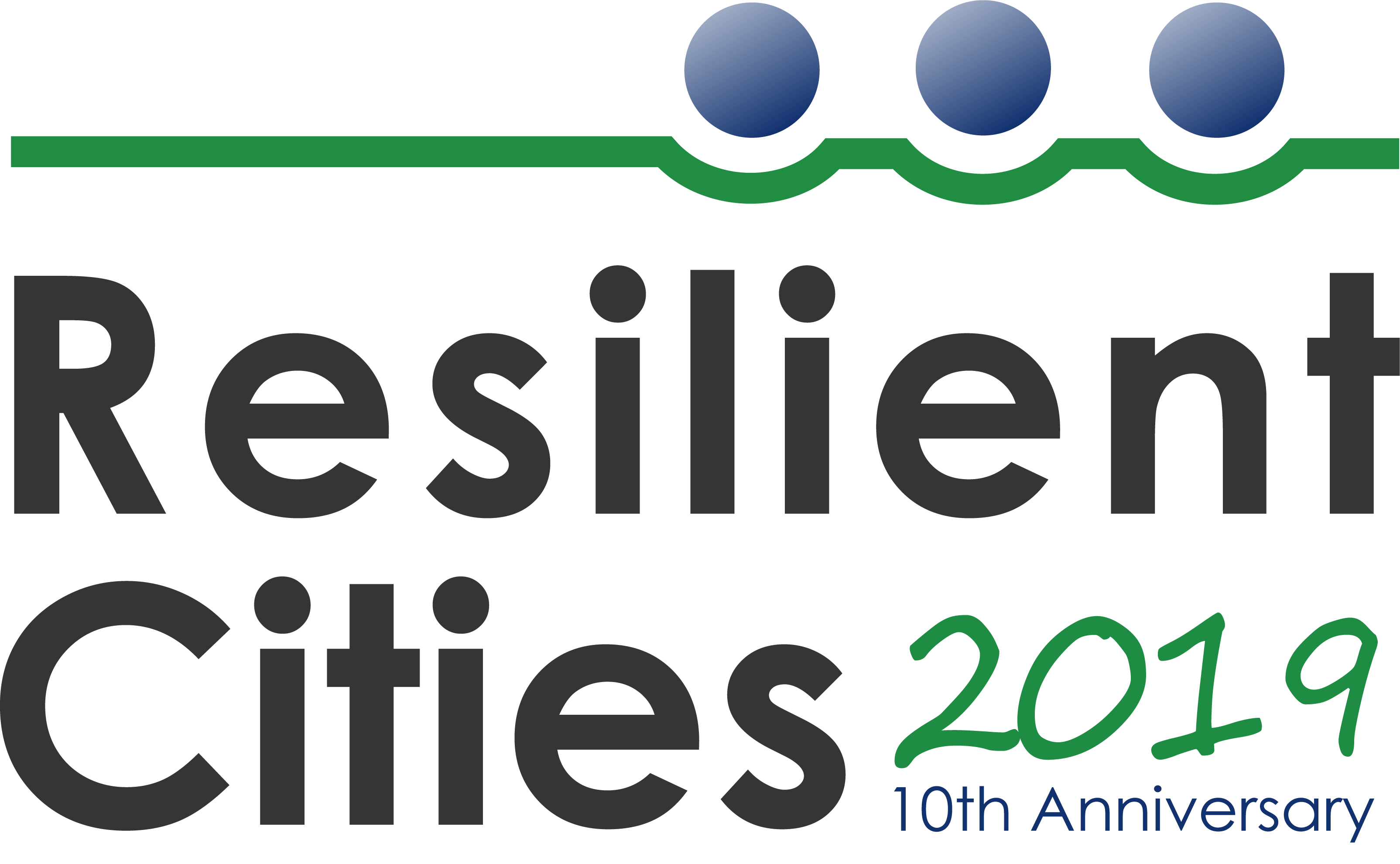Innovation
New challenges often require new approaches, thinking and solutions. These sessions testify how innovations in the transition towards low-carbon, resource-efficient and resilient urban systems can result in dynamic, desirable and healthy communities.
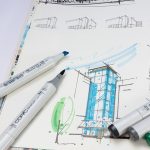
Innovative and Inclusive Urban Landscapes (Session A3)
By learning diverse examples of urban landscape transformations in USA, EU, and Asia, and engaging with the panelists in a reflection about how their first-hand experiences speak to the process of design thinking, this session proposes participants to gain insights on collaborative, design-driven problem solving as a means of finding solutions for complex urban/environmental challenges and building more resilient cities.
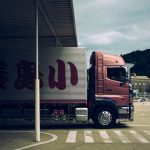
Eco-logistics: Freight transport in urban resilience (Session J2)
The traffic generated by delivering goods to shops, factories, offices, and hotels represents a large share of urban traffic volume. Traffic congestion, poor air quality, noise pollution and intensity of road accidents are major impacts caused by urban freight. Tackling problems on urban freight has multiple benefits including health, safety, time saving, economic growth, and low emissions. While urban freight’s contribution to GHG emissions is growing, corresponding mitigation actions and capacities are still limited.
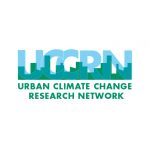
UCCRN Urban Design Climate Workshop (Session B2)
The UCCRN Urban Planning and Design Lab Session aims to integrate and scale up mitigation and adaptation principles by reducing energy consumption in the built environment, strengthening community adaptability to climate change, and enhancing human comfort and quality of life. Through energy-efficient urban planning and urban design, compact urban districts can work with high-performance construction and landscape configuration to create interconnected, protective, and attractive urban areas that provide mitigation, adaptation, resilience, and transformation.
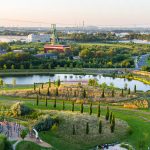
City of Essen (Site Visit)
Being Green Capital of Europe 2017, the city of Essen became a blueprint for the transformation of a city in the heart of the Ruhr metropolis. The times of industrialization with expansive coal mining and steel production have given face and significance to this region, and the Ruhr area has thus become home to over 5 million people today. In a landscape, that 200 years ago was home to wild horses and farmers, these driving forces have created a metropolitan region, which is today the third biggest agglomeration of central Europe.
